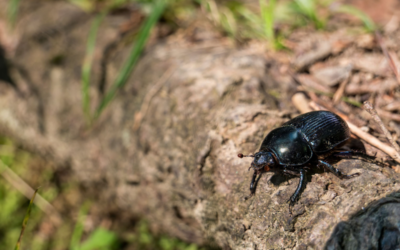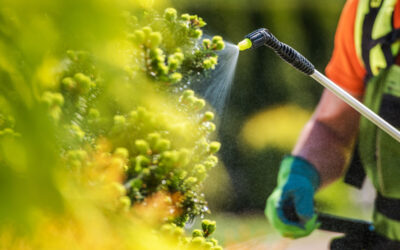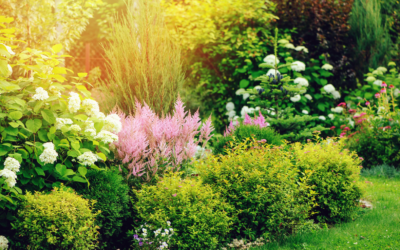Coloradans are fortunate to have a number of elegant pine trees native to their state. Lodgepole, Limber, Piñon and Ponderosa pines thrive across the state from the plains to timberline making them among the most popular landscaping choices everywhere. Above 9,000 feet, the rugged Bristlecone pine is found on the property of many mountain dwellers.
Natural Growth Cycles and Cyclical Needle Dropping
Just like other trees, pines go through growth cycles, and that includes dropping their needles in late summer or early fall as the trees grow and age. The amount and age of needle drop varies by species with Ponderosas and non-native pines such as Eastern White and Austrian dropping needles after 2-4 years and tough Bristlecones holding them as long as 14 years or more.
Cyclical needle drop occurs mostly on the inner parts of branches and is perfectly normal. But when needles at branch tips turn brown and drop, it’s an indication of trouble.
Abnormal Needle Drop – What to Watch For
Abnormal needle drop can be caused by disease, insect infestation, or cultural problems such as drought, salty soil, root damage, spray drift, or soil compaction. The weather can also play a role.
Severe early freezes can damage tender young growth before it has a chance to adapt to the normal seasonal changes. Frozen ground and trunks can prevent moisture from getting to growth areas, especially with younger trees and those with thinner bark.
Wrap Trunks and Water Roots to Maintain Tree Health
Wrapping the trunks of vulnerable trees insulates them and also prevents sun scald from our strong high-altitude sunlight. Winter watering can also add needed moisture to the roots, especially during dry spells.
If you’re concerned about the health of your pines, the tree care experts at Donovan Arborists are ready to help. Drop us an email at paul@denvertrees.com to learn about our free estimates for tree care services!




